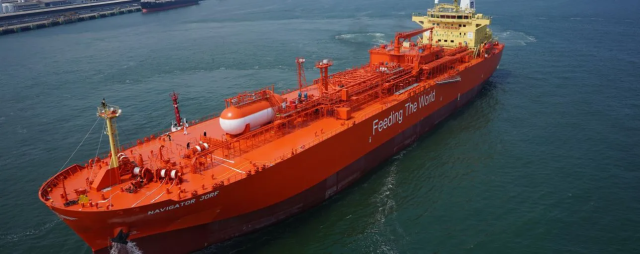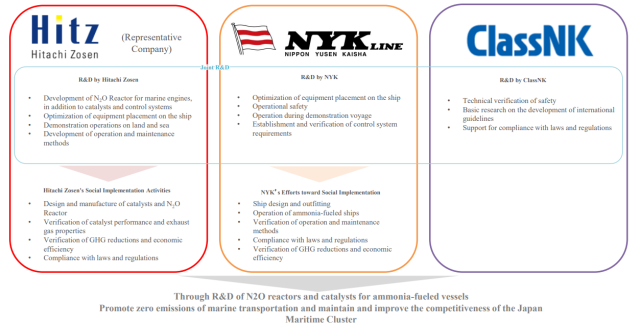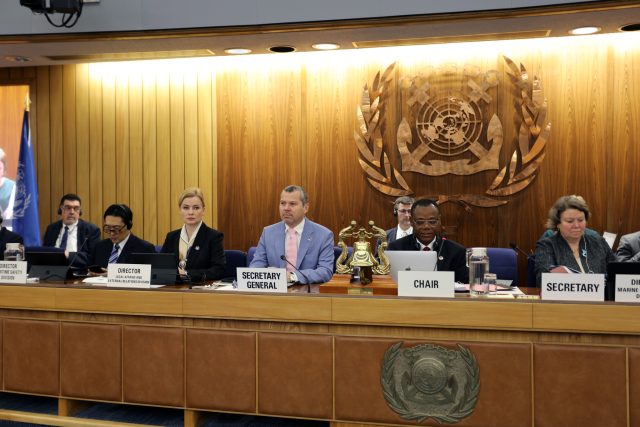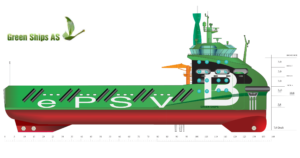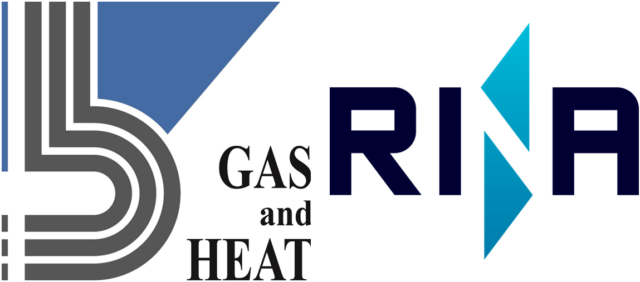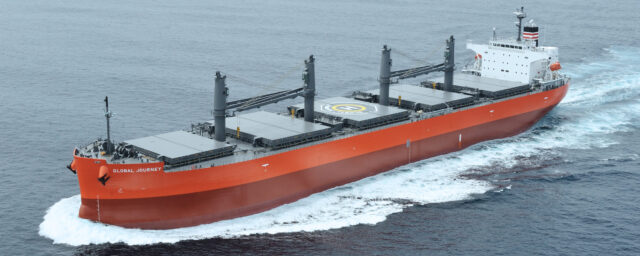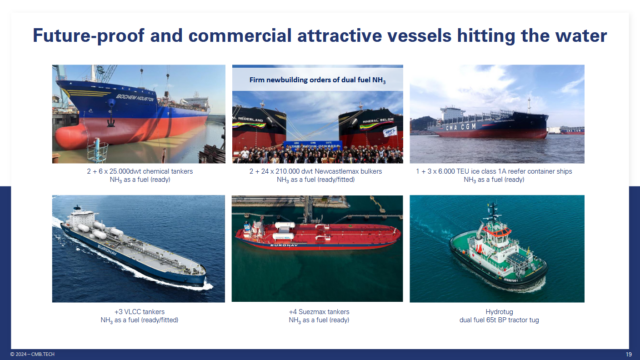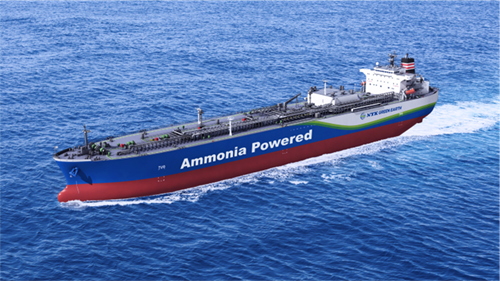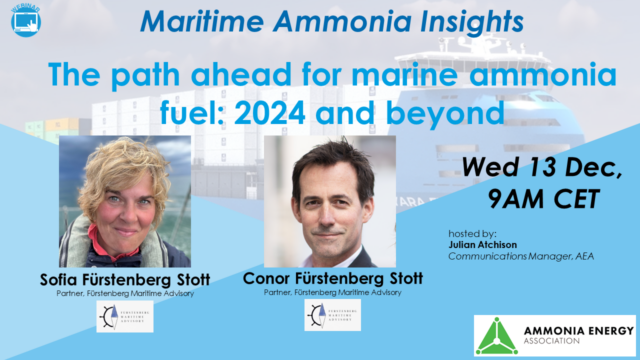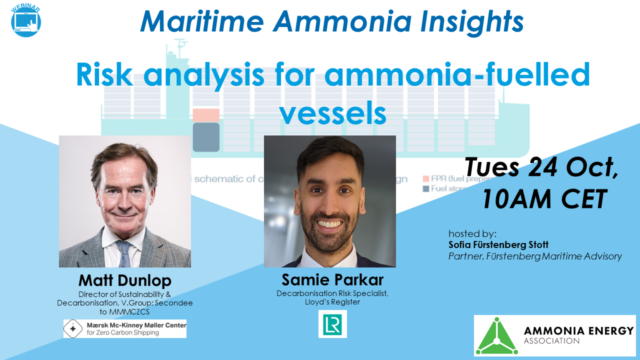Latest developments in ammonia bunkering: South Africa and Japan
Navigator sees its ship-to-ship ammonia transfer in South Africa as a milestone that will help unlock ammonia as a maritime bunker fuel. In Japan, JERA will begin truck-to-ship bunkering of ammonia fuel in late May, servicing NYK Line’s A-Tug vessel.
